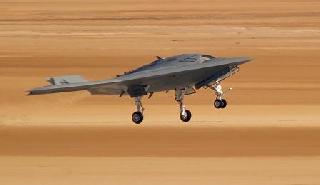
Northrop Grumman X 47-B Unmanned Combat Air System.
By Major General (Retired) P K Chakravorty, VSM
Introduction
The UAV is an aerial vehicle with no pilot to man controls. They can be remotely controlled by personnel on ground or by pre programmed flight plans. Of late the term UAV has been changed to UAS which is an acronym for Unmanned Aircraft System. This has been changed to amplify the fact that apart from aerial vehicle this complex system includes ground station and other components. Militarily these systems are gaining tremendous importance. The earliest attempt to use these vehicles was aerial targets in 1915. The first operational usage began in 1959 when the American Air Force officers commenced planning for unmanned flights to avoid losing trained pilots over hostile territory. This plan gained further momentum when Gary Powers piloting a U-2 aircraft was shot down by the erstwhile Soviet Union in 1960. This propelled a classified UAV programme to be started under the code name Red Wagon. The UAVs were used in August 1964 in clashes with the Vietnamese Navy in the Gulf of Tonkin. Thereafter the United States Air Force (USAF) 100th Strategic Reconnaissance Wing had flown more than 3000 sorties during the Vietnam War. The initial generation of UAVs were primarily used for surveillance. With increased operational requirements they were armed and they became known as Unmanned Combat Aerial Vehicles (UCAVs). Broadly military UAVs are used for surveillance, direction of artillery fire, gathering ELINT information, lasing targets for fighter aircrafts and Post strike Damage Assessment (PSDA).
Classification of UAVs
The classification of UAVs in the US Armed Forces follows a tier system. There are separate tiers for the US Air Force, Marine Corps and the US Army. The United States Air Force tier commences with the Small/Micro UAV filled by the Batmav (Wasp Block III). Tier I comprises of low altitude long endurance represented by the Gnat 750. Tier II consists of Medium Altitude, long endurance (MALE) which currently has MQ-1 Predator and MQ-9 Reaper. Tier II + has High Altitude, Long Endurance (HALE) UAV. These UAVs have an altitude ceiling of 60 to 65,000 ft, airspeed of 560 Km per hour, radius of 6,000 km and an endurance of 48 hours. The role for this type of UAV is currently filled by the RQ-4 Global Hawk. Tier III is a high altitude, long endurance low observable UAV. The parameters are similar to the Tier II+ aircraft. RQ-170 Sentinel is in this class of UAVs. The characteristics of the Marine Corps tiers are similar except for the specific UAV. With regard to the Micro UAV, Wasp III fills the role. Tier I filled by RQ - 11B Raven B. Tier II consists of Scan Eagle and RQ-2 Pioneer. Tier III Pioneer and Shadow. The US Army which has also inducted UAVs follows a similar pattern to that of the US Marines.
India's Acqusition of UAVs
The Indian Armed Forces have been operating UAVs for over a decade, in our case the Indian Army were the pioneers followed by the Air Force and subsequently the Indian Navy. At the outset DRDO was tasked to produce a Catapult launched UAV which was developed by Aeronautical Developmental Establishment Bangalore and improved to meet user requirements. Most of the UAVs of the Indian Armed Forces were procured from IAI Malat, whose UAVs were in service with numerous Armies. The Indian Army initially obtained the Searcher Mark I, followed by the Searcher Mark II which could operate at an altitude ceiling of 15,000 ft and finally we acquired the Heron which could operate at an altitude ceiling of 30,000ft. The Indian Air Force immediately followed the Army and acquired the Searcher Mark I followed by Searcher Mark II and acquired the Heron UAVs prior to the Indian Army. The Indian Navy also acquired the Heron UAVs which suited its long range off shore requirement. Reports indicate that the Indian Air Force has of late acquired the Harop which is a UCAV.
The function of a UAV is determined by its payload. The payload is directly related to the task. To undertake surveillance there would be the necessity of carrying a Charged Couple Device with Multi Optronic Software payload. For at which entails lasing, the bird would be tasked to carry a Laser designator. Task which entail ELINT would necessitate carriage of ELINT payload. In the event of under taking an offensive task the payload would comprise of the guidance system with two suitably armed missiles. Accordingly the payload of a UAV determines the task the aerial vehicle is likely to perform.
Employment of our UAVs UAVs are great force multipliers and there must be synergy between the three services to optimise their employment. They could be employed for multifarious tasks fruitfully. Presently our three services have limited numbers of these aerial vehicles and each service is looking towards its individual requirement. In as much as the Army is concerned the Herons are performing exceedingly well in surveillance missions in the high altitude regions as also providing critical information to manoeuvre elements in our Southern deserts. They would be providing the target inputs for our missiles and also provide PSDA on engagement of targets. The Herons have been able to fly in dual role and thereby fly at ranges of 400 km, yet in high altitude areas screening problems do occur. This can easily be overcome by providing Satellite Communications (SATCOM) to these UAVs which apart from overcoming the problem of screening would enhance the range of the UAV to 1,000 km. The Searcher Mark II is being used in the mountainous region as also in the plains and semi deserts. It is to the credit of our UAV pilots that they have optimised the aerial vehicle successfully under our conditions. They have provided excellent inputs about any intrusions on the Line of Control as also on issues pertaining to terrain which assist us in operational planning.
UAVs are great force multipliers and there must be synergy between the three services to optimise their employment. They could be employed for multifarious tasks fruitfully. Presently our three services have limited numbers of these aerial vehicles and each service is looking towards its individual requirement. In as much as the Army is concerned the Herons are performing exceedingly well in surveillance missions in the high altitude regions as also providing critical information to manoeuvre elements in our Southern deserts. They would be providing the target inputs for our missiles and also provide PSDA on engagement of targets. The Herons have been able to fly in dual role and thereby fly at ranges of 400 km, yet in high altitude areas screening problems do occur. This can easily be overcome by providing Satellite Communications (SATCOM) to these UAVs which apart from overcoming the problem of screening would enhance the range of the UAV to 1,000 km. The Searcher Mark II is being used in the mountainous region as also in the plains and semi deserts. It is to the credit of our UAV pilots that they have optimised the aerial vehicle successfully under our conditions. They have provided excellent inputs about any intrusions on the Line of Control as also on issues pertaining to terrain which assist us in operational planning.
The issue which is of concern is the quality of pictures obtained while using the Synthetic Aperture Radar (SAR) does not give us a clear indication of the object. Recent international improvements in SAR provide a clear image of the object. As most of the militants be it in the North or North East have their hide outs in areas of thick foliage, there is a need to obtain a high quality of SAR devices to generate good images which would lead us to militant camps with precision. The Searcher Mark I variety is a short range UAV which is being suitably used in the hilly regions and plains. The Nishant an indigenous product manufactured by DRDO which is launched from a vehicle and recovered by parachute is possibly under induction and would be utilised in the plains. All UAVs presently held by the Army are being controlled at the operational level and serve the needs at the higher level. There is a dire requirement of UAVs at the tactical level which needs to be provided to force multiply results at the ground level for undertaking missions with accurate intelligence. Further in our environment there is an immediate need to weaponise our aerial platforms so as to destroy targets. The UCAVs are operating in Afghanistan and causing accurate destruction of pin point targets. This has led to deaths of numerous top leaders of Al Qaida leaders, thereby reducing the potency of the establishment.
 Previous Article
Previous Article Next Article
Next Article
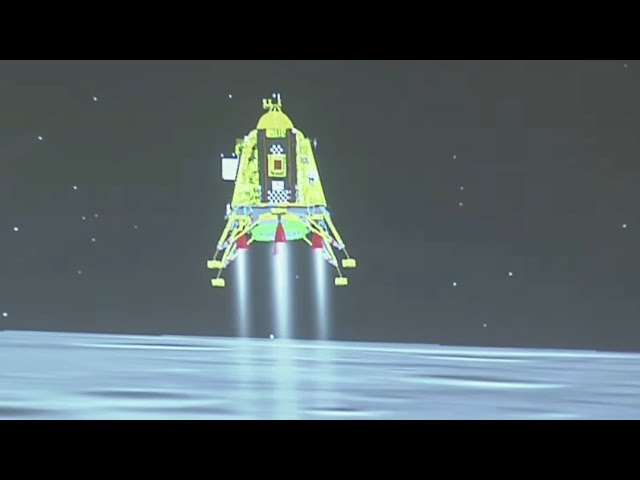
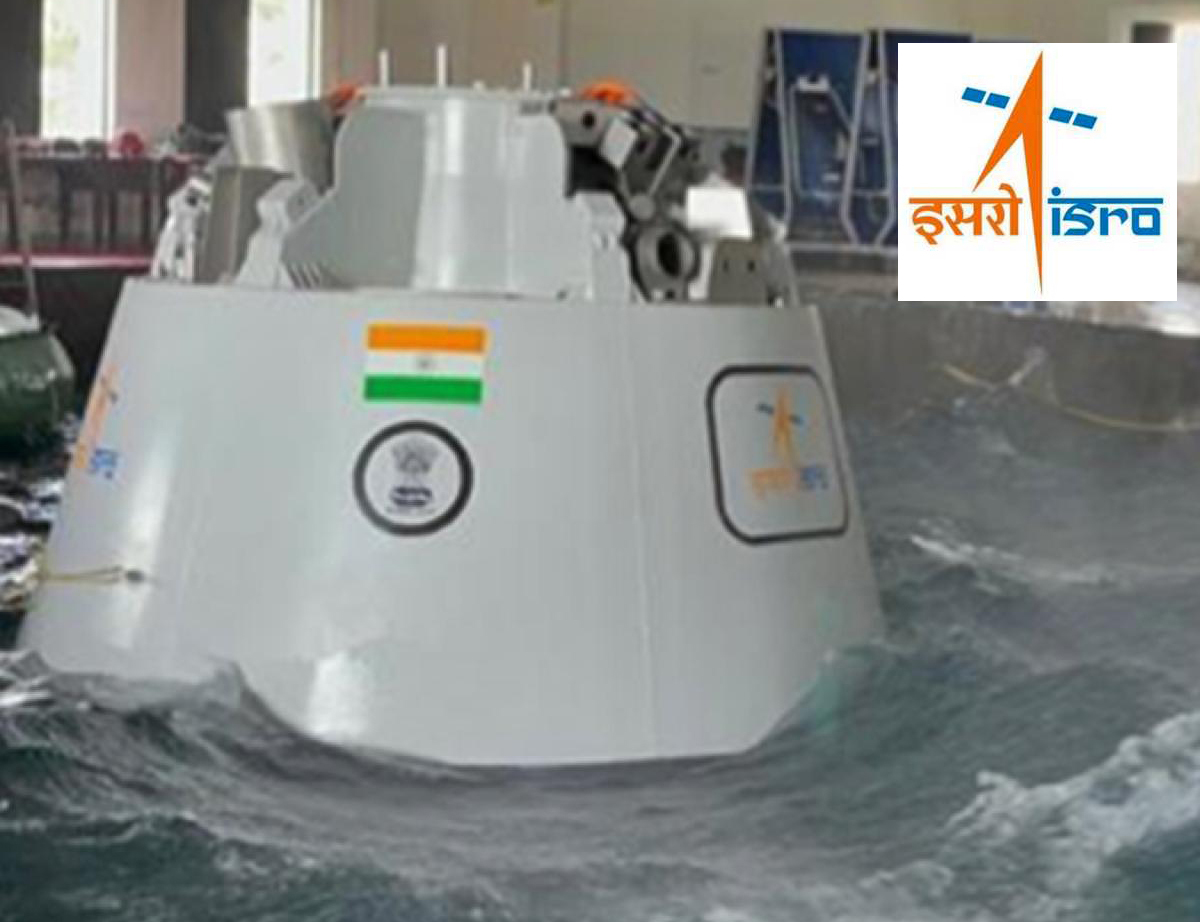
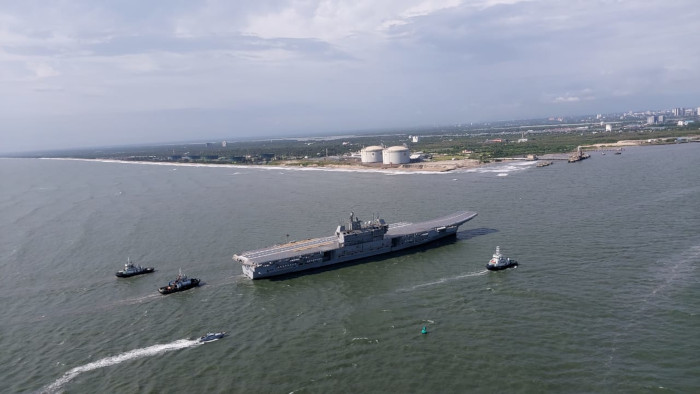




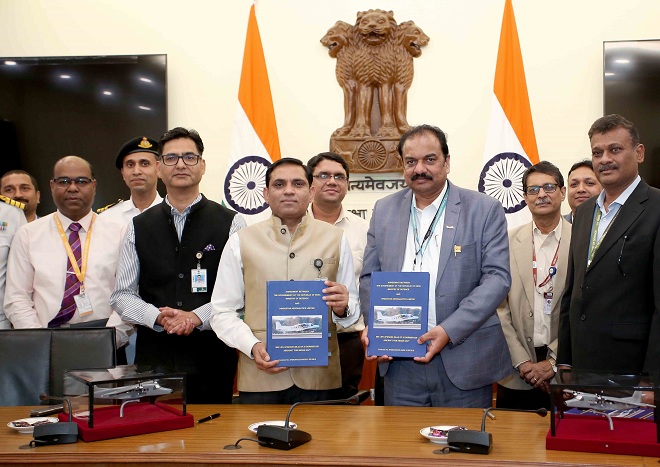






The Indian Air Force, in its flight trials evaluation report submitted before the Defence Ministry l..
view articleAn insight into the Medium Multi-Role Combat Aircraft competition...
view articleSky enthusiasts can now spot the International Space Station (ISS) commanded by Indian-American astr..
view article